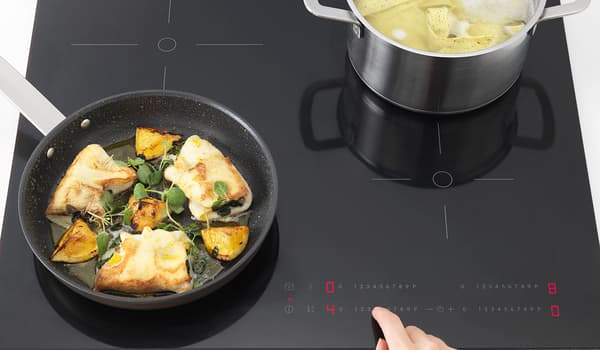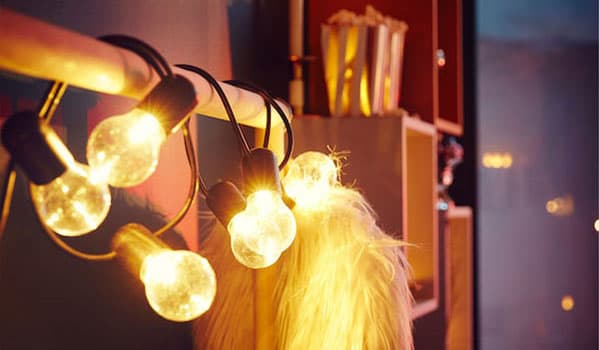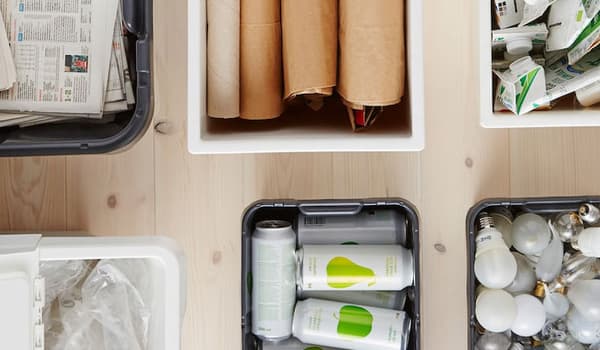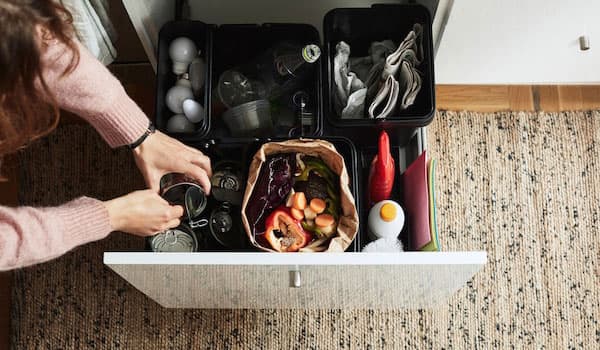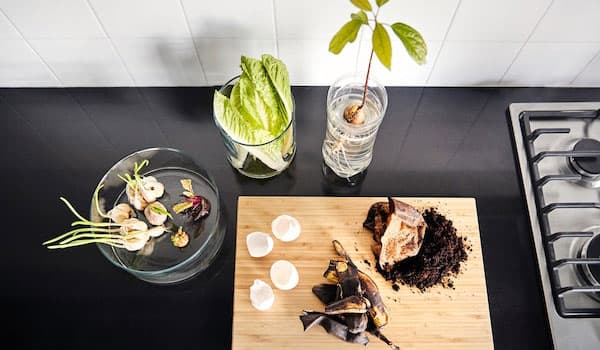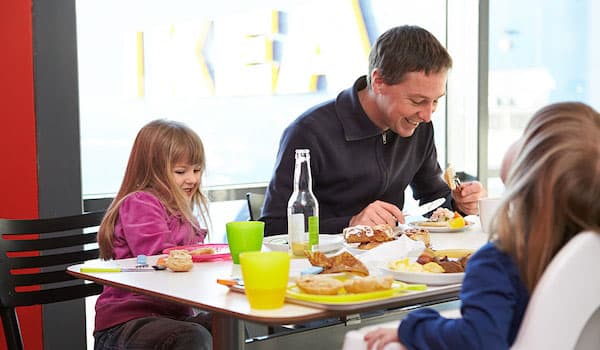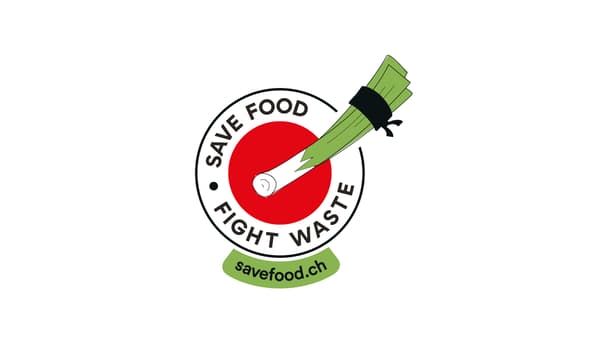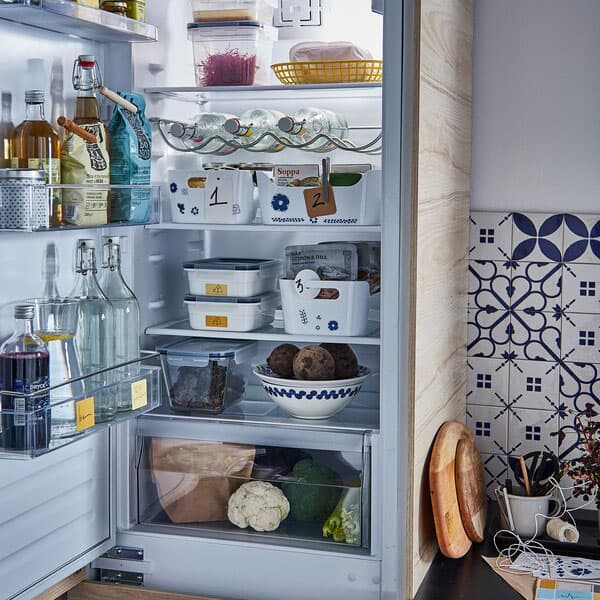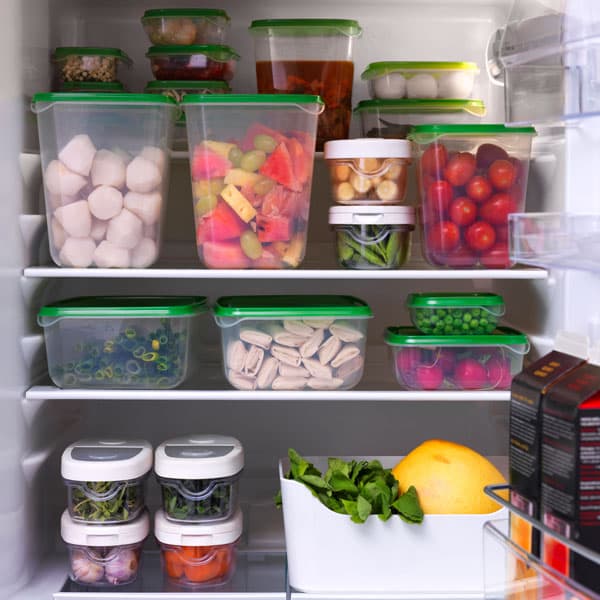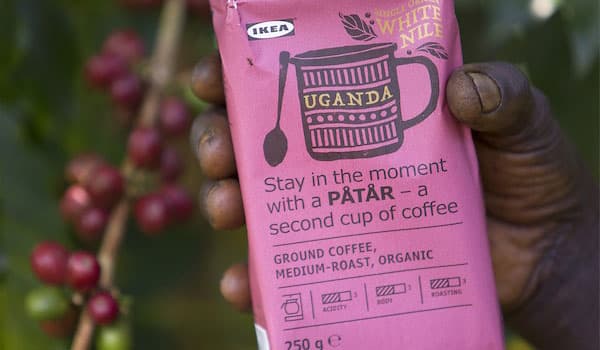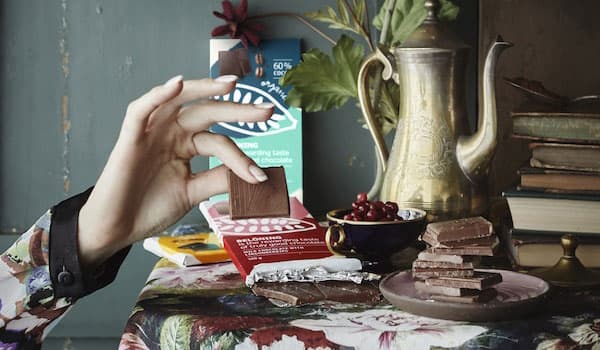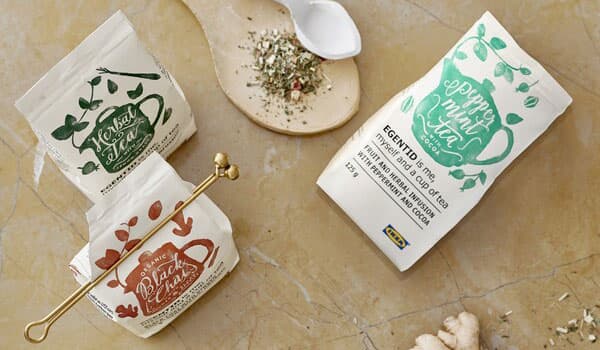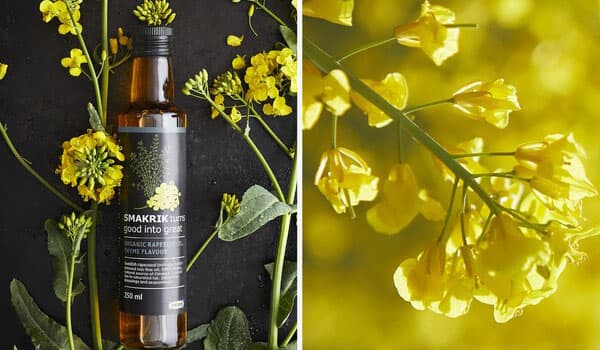IKEA Guide: eco-friendly and sustainable living
Hey, it’s great to see you! This IKEA Guide aims to provide a source of inspiration for anyone looking to incorporate sustainability and eco-friendliness into their everyday life in times of climate change. You’ll find great options here for environmentally-conscious and sustainable living. Happy reading!
Saving energy in the home
Want to save energy every single day? With simple and clever tips on energy-saving? We would be pleased to help you.
Saving energy when cooking
You can save lots of energy when cooking. pressure cooker. Whether it’s rice or vegetables: you’ll prepare them in a resource-saving and sustainable way. Make sure that you always cook at the right temperature. Lower temperatures are usually ideal. You can also save lots of energy by thinking about what you want to cook, how and when beforehand. This way you’ll use hot hobs more effectively and most importantly for less time. When using the oven, the following principle applies: avoid pre-heating as far as possible. It’s better to opt for an oven with a glass door. This allows you to see how your delicious dishes are coming along without having to open the door – which is an absolute waste of energy. Another tip about the fridge and freezer section: Try to get all of your ingredients out of the fridge at the same time. And if this takes a while, it’s better to leave the doors open. You actually use less energy this way than constantly opening and closing the doors of the fridge and freezer.
Saving energy through energy-efficient electrical devices
Perhaps the most important point when it comes to saving energy in the home: energy-efficient electrical devices. Whether it’s an energy-efficient fridge, oven or dishwasher: always look at the energy efficiency rating. A+++ or A++ are the top ratings. They mean: the device’s performance saves as much energy as possible while achieving the highest possible efficiency. This will reduce your energy bill and protect the environment. The same obviously also applies to ovens, washing machines and dryers: The higher the energy efficiency rating, the more sustainable the device. Induction hobs are also extremely energy-efficient: With induction only the pans are heated up and not the hob – this is also much safer. Induction hobs and pans consume up to 40% less energy than other types of the same product!
Saving electricity with LED lighting
We love LED lighting. Because it allows us to provide you with completely new designs only possible with LED lights. Why? It’s because LED generates little heat enabling designs that would be too much of a fire hazard with other types of lighting. We love LED lighting, especially because it’s so resource-saving. Compared to conventional lighting, it consumes up to 85% less energy. And it lasts 20 times longer. You can save money and electricity at home and enjoy stunning lamps, lighting and spotlights that illuminate even the darkest corners. We consider LED so important that you can no longer find any other kind of lighting at IKEA.
Saving water for sustainable everyday living
Would you like to save water at home? Then take a look at our ideas on how to avoid wasting water.
Our PILKÅN mixer tap, for example, has a cold start function. This ensures no warm water is wasted, saving up to 30% in energy. ÄLMAREN kitchen mixer taps reduce water consumption by 40% without pressure loss. All of our showers are fitted with water and energy-saving shower heads. This means you can save water – the world’s most valuable raw material – without losing pressure.
Smart mixer taps and shower heads are one way of doing it. Another is sensible consumption in everyday life: energy-efficient dishwashers require much less water than washing up by hand. Not leaving the tap running when brushing your teeth can save around 40 litres of water a day. You can catch rainwater in the garden and use it to water your plants. And the best place to get drinking water is from the tap. Bottled water is usually not better quality, but is nevertheless expensive and often comes in plastic bottles.
Separating and avoiding waste in everyday life
While not pretty to look at, waste is really valuable. Raw and valuable materials simply need to be recycled. But recycling depends on us all separating our waste. That applies to your IKEA store, but also of course to you at home. Separating waste, for example with our waste-sorting containers, is really important. Plastics, paper, precious metals, batteries and many more items need to be disposed of correctly. This is the only way of ensuring valuable resources are recycled. It also makes a huge contribution to avoiding waste. Keyword – avoiding waste: you can play your part here by avoiding packaging when shopping. Fruit and vegetables, for example, don’t need any plastic wrapping. Instead of using paper bags at the bakery store, you could take your own bread bag to put your goods in for the journey home. It’s better to avoid disposable cups, plastic spoons and lids when getting a coffee and instead taking your own container and spoon. You can also avoid waste by repairing things rather than buying new ones. Whether it’s accessories, clothing, furniture or electrical devices: you’ll be amazed how often broken items can be easily repaired. It’s all about: avoiding and separating waste – and making everyday life more eco-friendly. Want to play your part?
Stopping food waste
Food waste is one of the major problems of our time. Too much ends up being throw away, which is nothing short of a waste of resources and energy. The goal is clear: we must all throw less away and stop food waste. Find out here how we’re tackling this issue at IKEA and what you can do at home.
What is IKEA doing to stop food waste?
We’re sure you’re aware that you can eat really well and buy outstanding food at IKEA. Here we’d like to tell you what we’re doing to combat food waste at our IKEA stores. Our partnership with the Food Ninjas plays a major role here. Adopting the slogan “save food, fight waste” we are committed to reducing food waste and taking steps to achieve this goal. Our goal is to reduce food waste from transport, processing and sales by 50% by the end of 2021. And we’re well on the way:
Take-away boxes for leftovers from the restaurant are already available at many Swiss IKEA stores. Products in the Swedish Food Market that are close to their expiry date are sold at reduced prices. So-called waste buddies train our employees on food waste and how not to waste any at all. In addition to these and many other measures, we also aim to ensure the sustainable disposal of any food waste: Waste is turned into biogas at all of our stores. This means less energy is lost and waste is reused. Want to find out more about what we’re doing to stop food waste? Then take a look here (in German).
Ideas to stop food waste in everyday life
You may now be wondering how you can avoid and reduce food waste at home. Using these simple but effective ways of avoiding food waste will put you on the right track:
Plan your shopping well. If you know exactly what you are going to eat over the next few days and what you’ve already got in the cupboard, you can write a very precise shopping list. Think about the food you’ve got at home that will not last long and needs to be used soon. You can then add fresh ingredients that you’re going to buy now. This way there’s nothing left over when you’ve finished cooking and eating.
Store your food properly and ideally use practical containers. This will ensure it remains edible until the use-by date and even well beyond it. Keyword – storage: The fridge and freezer should be kept sparkling clean. The food stored there will then not come into contact with mould, bacteria and the like.
Another tip on the use-by date: It’s intended as a guideline. Always. Trust your instincts when checking whether food can still be consumed. Smart idea: keep a waterproof pen in the fridge. Whenever you open a product, write the day’s date on the packaging. Then you will know later whether the milk has been open for two weeks or whether the yoghurt was film-wrapped yesterday. This will help you to decide whether you can eat something without testing it or whether you should check it first. Key point: there’s less leeway with the use-by date for some products, such as fish, seafood or products containing egg. It’s better to err on the side of caution here.
Would you like some more tips on food waste and how to keep food? Then discover more ways of reducing food waste.
Sustainable, healthy nutrition at IKEA Food from responsible sources
Whether it’s coffee, seafood, fish, vegan or vegetarian food or top-quality rapeseed oil: we supply sustainable, good and wholesome Swedish food. Food is a pleasure. It benefits you and the environment. But how do we achieve our objective of providing IKEA fair-trade products and IKEA Food organic products worthy of such labels? By complying with or even exceeding the highest standards in the food industry. UTZ-certified PÅTÅR coffee and BELÖNING UTZ-certified chocolate for example meet the rigorous standards of the UTZ Foundation, which has drawn up a code of conduct for farmers which aims to protect the environment and people. Put more simply: the coffee farmers in countries like Honduras, Mexico and Peru work under good conditions and for a stable and fair income and you receive exquisite coffee produced in a sustainable and environmentally friendly way.
Also available from us EGENTID tea with UTZ/UEBT certification We apply stringent rules to ensure the land and people can live well with and from the produce. A feast for vegans and anyone who adores caviar: The vegan SJÖRAPPORT caviar substitute made from algae. It looks and tastes like caviar, but is much more sustainable. Also more sustainable: our classic meatballs, only without any meat. But they’re packed with vegetables and their CO2 footprint is around 30 times better. Well worth a try, and not just for vegetarians and vegans. Not a classic yet but has the potential to become one: our new SMAKRIK rapeseed oil. Made to the highest organic quality standards with lots of love and care in the province of Scania. Available in various flavours (including neutral, nutty and slightly aromatic) it’s ideal for roasting, as a condiment, as an ingredient in a delicious mayonnaise and much more too.
Using solar energy with SOLSTRÅLE solar panels
What about a resource-saving, effective and inexpensive way of generating and using electricity? SOLSTRÅLE solar panelsare the ideal solution. Our solar panels that we designed with the experts from Helion Solar – for your home and the production of renewable energy that’s eco-friendly and saves you money. Solar power is one of the alternative energy sources of the future. Sustainable electricity generated via solar panels that we install on your roof. The sun takes over from here. Did you know that you only need around 20 square metres of roof to generate enough solar power for your home? And if you produce surplus energy you can even make a profit by feeding it into the grid. Ultimately this means: with power generated by our solar panels you can cut your energy bill by around 50% and help protect the environment. That’s great isn’t it? You can find more information on this topic in our IKEA Guide on solar panels.


